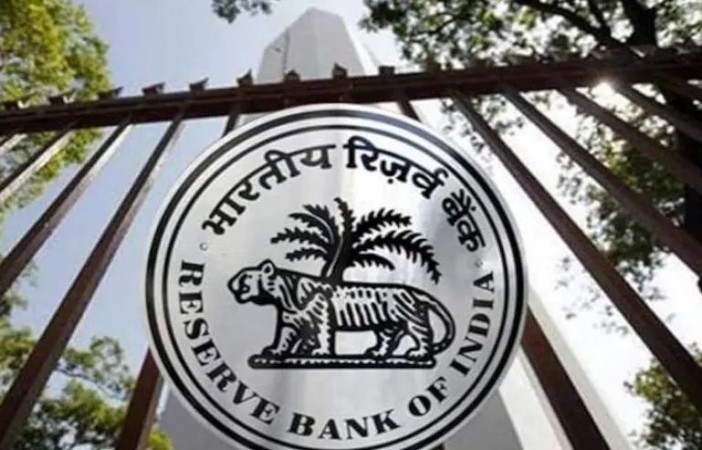
MUMBAI: The Monetary Policy Committee will likely maintain its position intact and raise the repo rate by 50 basis points to 5.90 percent in its September credit policy, Morgan Stanley said in a statement.
It said, "We were initially expecting a 35bp increase, however, sticky inflation and ongoing hawkish stance of DM central banks, justified continued front loading of rate hikes, in our opinion.
Since the inflation is continuing to hover around the Reserve Bank of India's (RBI) upper tolerance band for the eighth consecutive month, Morgan Stanley also anticipates that it will remain stable in September at 7.1 percent to 7.4 percent, driven by increases in food prices in accordance with the high-frequency food price trend.
After then, we anticipate the trend to decrease but hold above 6 percent until January or February 2023. According to the report, risks to the inflation outlook are tilted to the upside due to uncertainty surrounding the trajectory of food inflation (sowing for rice and pulses is lower Year-on-year), changes in the prices of commodities globally, and the potential for imported inflation if the exchange rate weakens amid a strong dollar.
In the future, it will be important to monitor changes to the growth or inflation prediction. The growth for QE June was slightly below our expectations (and even RBI's projections), (b) comments about being at ease with the external balance sheet in light of external risks, and (c) the overall tone of the policy statement and the path toward real rate normalisation. While the incoming inflation data is in line with expectations.
The weighted average call rate increased from 3.5 percent in April to 5 percent as a result of the RBI raising the repo rate by 140 basis points and a considerable decrease in surplus liquidity (currently $19.1 billion from $89 billion in January 2022).
However, the normalisation of real rates has been less pronounced, with real policy rates today at -1.6 percent compared to -3.8 percent in April. With typically higher commodities prices than they were prior to the epidemic, a stronger dollar, and sustained hawkish responses from DM central banks, the external environment continues to be difficult. Although domestic macroeconomic fundamentals are solid, dangers associated with sustained high commodity prices must be monitored.
In light of this, we anticipate that monetary policy normalisation will continue, with the terminal repo rate expected to reach 6.5 percent by February 2023. For the terminal repo rate driven by external causes, the risks appear to be weighted to the upside, which might potentially keep inflation higher for longer.
Dubious digital loan apps: FM initiates crackdown on illegal loan apps
Digital currency as a pilot project to be launched this year: RBI Dy Governor
Despite substantial devaluation in other currencies, rupee maintained its value: RBI